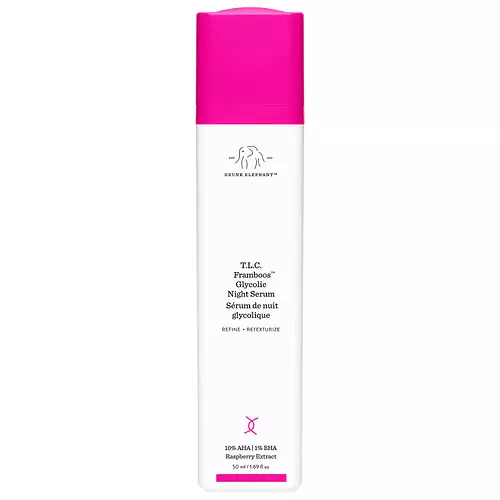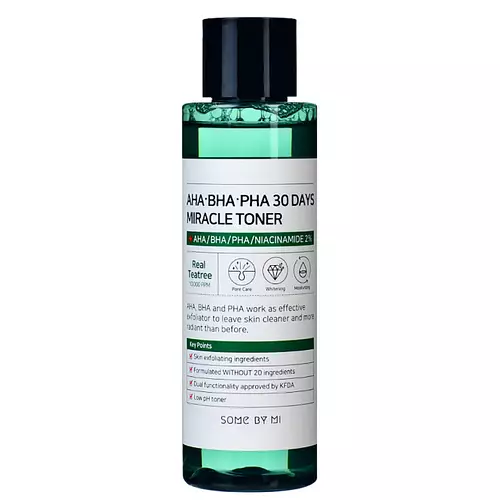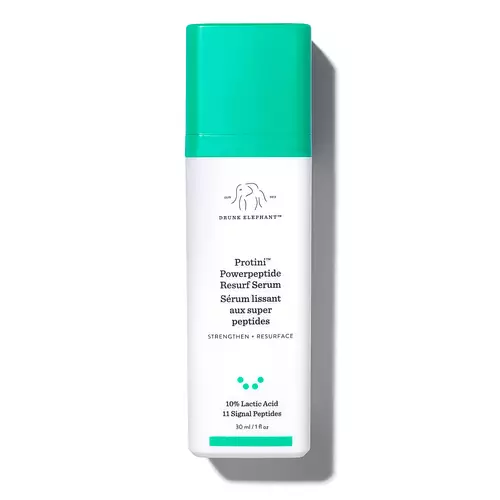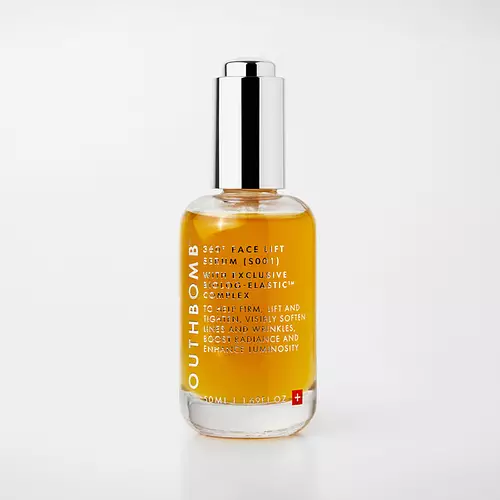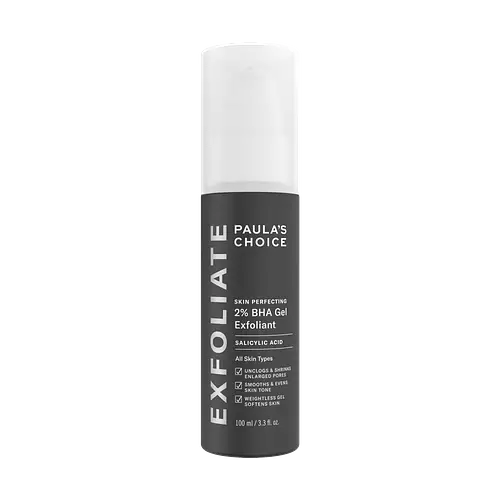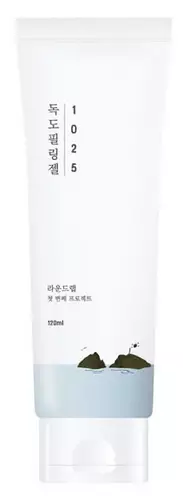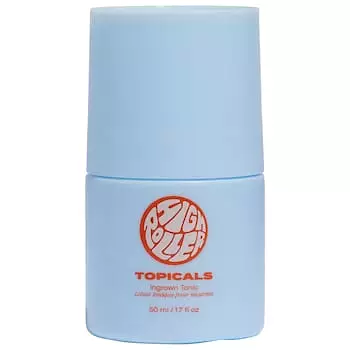Haruharu Wonder Centella 3% PHA Gentle Liquid Exfoliating Serum Versus Drunk Elephant T.L.C. Framboos™ Glycolic Resurfacing Night Serum
Updated on July 18, 2023
Overview
What they are
These products are both vegan, cruelty-free, and reef safe . They have a total of 5 ingredients in common
Cool Features
They both contain hyaluronic acid
Suited For
They're both likely to be good for anti aging, sensitive skin and better texture
Free From
They both do not contain any harsh alcohols, common allergens, fragrances, parabens, silicones or sulfates
We independently verify ingredients, and our claims are backed by peer-reviewed research. Spot a product that needs an update? Let us know.
Ingredient Info
Haruharu Wonder Centella 3% PHA Gentle Liquid Exfoliating Serum 21 ingredients
Drunk Elephant T.L.C. Framboos™ Glycolic Resurfacing Night Serum 36 ingredients
At a glance
Click on any of the items below to learn more
Haruharu Wonder Centella 3% PHA Gentle Liquid Exfoliating Serum 21 ingredients
Drunk Elephant T.L.C. Framboos™ Glycolic Resurfacing Night Serum 36 ingredients
Notable Ingredients
This product contains 1 ingredient that may have this attribute:
This product contains 1 ingredient that may have this attribute:
Benefits
This product contains 1 ingredient that may have this attribute:
This product contains 3 ingredients that may have this attribute:
This product contains 1 ingredient that may have this attribute:
This product contains 1 ingredient that may have this attribute:
Notable Ingredients
This product contains 3 ingredients that may have this attribute:
This product contains 1 ingredient that may have this attribute:
This product contains 1 ingredient that may have this attribute:
Benefits
This product contains 1 ingredient that may have this attribute:
This product contains 2 ingredients that may have this attribute:
This product contains 3 ingredients that may have this attribute:
This product contains 3 ingredients that may have this attribute:
This product contains 3 ingredients that may have this attribute:
This product contains 5 ingredients that may have this attribute:
This product contains 3 ingredients that may have this attribute:
This product contains 2 ingredients that may have this attribute:
This product contains 5 ingredients that may have this attribute:
This product contains 2 ingredients that may have this attribute:
This product contains 5 ingredients that may have this attribute:
Concerns
This product contains 1 ingredient that may have this attribute:
This product contains 4 ingredients that may have this attribute:
This product contains 5 ingredients that may have this attribute:
This product contains 2 ingredients that may have this attribute:
Ingredients Side-by-side
Ingredients Explained
These ingredients are found in both products.
Ingredients higher up in an ingredient list are typically present in a larger amount.
Water. It's the most common cosmetic ingredient of all. You'll usually see it at the top of ingredient lists, meaning that it makes up the largest part of the product.
So why is it so popular? Water most often acts as a solvent - this means that it helps dissolve other ingredients into the formulation.
You'll also recognize water as that liquid we all need to stay alive. If you see this, drink a glass of water. Stay hydrated!
Learn more about WaterEthylhexylglycerin (we can't pronounce this either) is commonly used as a preservative and skin softener. It is derived from glyceryl.
You might see Ethylhexylglycerin often paired with other preservatives such as phenoxyethanol. Ethylhexylglycerin has been found to increase the effectiveness of these other preservatives.
Pentylene glycol is typically used within a product to thicken it. It also adds a smooth, soft, and moisturizing feel to the product. It is naturally found in plants such as sugar beets.
The hydrophilic trait of Pentylene Glycol makes it a humectant. As a humectant, Pentylene Glycol helps draw moisture from the air to your skin. This can help keep your skin hydrated.
This property also makes Pentylene Glycol a great texture enhancer. It can help thicken or emulsify a product. Emulsifiers help stabilize a product. It does this by preventing certain ingredients from separating.
Pentylene Glycol also acts as a mild preservative and helps to keep a product microbe-free.
Some people may experience mild eye and skin irritation from Pentylene Glycol. We always recommend speaking with a professional about using this ingredient in your routine.
Pentylene Glycol has a low molecular weight and is part of the 1,2-glycol family.
Learn more about Pentylene GlycolCaprylyl Glycol is a humectant and emollient, meaning it attracts and preserves moisture.
It is a common ingredient in many products, especially those designed to hydrate skin. The primary benefits are retaining moisture, skin softening, and promoting a healthy skin barrier.
Though Caprylyl Glycol is an alcohol derived from fatty acids, it is not the kind that can dry out skin.
This ingredient is also used as a preservative to extend the life of products. It has slight antimicrobial properties.
Learn more about Caprylyl GlycolButylene Glycol (or BG) is used within cosmetic products for a few different reasons:
- It is a solvent, meaning that it helps to dissolve other ingredients. This also enhances the absorption of the product into one's skin.
- It is a humectant, which means that it helps attract moisture into the skin.
- It helps improve product application.
Overall, Butylene Glycol is a safe and well-rounded ingredient. It is unlikely to irritate skin, and works well with pretty much all other ingredients.
Ingredient Ratings
Here's what our community thinks of the ingredients in these products.
When to use
Haruharu Wonder Centella 3% PHA Gentle Liquid Exfoliating Serum 21 ingredients
Drunk Elephant T.L.C. Framboos™ Glycolic Resurfacing Night Serum 36 ingredients

Reviews
Here's what our community thinks
Haruharu Wonder Centella 3% PHA Gentle Liquid Exfoliating Serum 21 ingredients
AnaG
Love it. It doesn't sting or irritates my skin. I can use it almost every day (depends on how my skin feels) without fear of breaking my skin barrier.
Drunk Elephant T.L.C. Framboos™ Glycolic Resurfacing Night Serum 36 ingredients
KyleighWallace_646
Got this as a freebie/trial with the F Balm Hydrofacial moisturizer (which is amazing) so I decided I would try it on my nose / chin and a little...
Got this as a freebie/trial with the F Balm Hydrofacial moisturizer (which is amazing) so I decided I would try it on my nose / chin and a little bit of t zone because I have lots of sebaceous filaments, blackheads and huge pores . Horrible idea for my sensitive skin. I only used it ONLY in those spots, as the ONLY exfoliating product in the routine, and ONLY 1x a week. Every time I used it even with LOADS of ultra hydrating products to counterbalance it it stung my skin so bad, and the next morning I would wake up with juicy inflamed pimples on my nose / only on spots Where I had applied it. I did notice my pores looked a little smaller maybe and sebaceous filaments were less prominent but it was NOT worth it for the inflamed acne it caused. Idk if it’s a specific ingredient or if this stuff is just incredibly harsh but if your skin is sensitive at all avoid this stuff like the plague. Even strategic use can’t be achieved.

